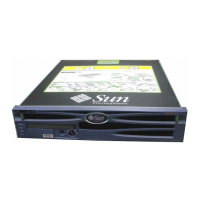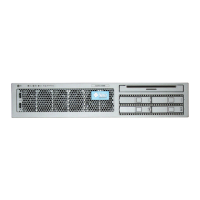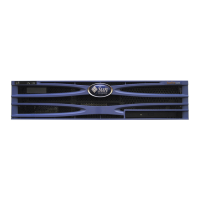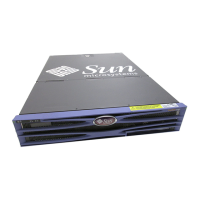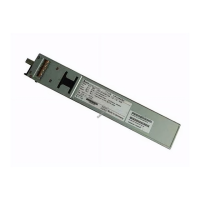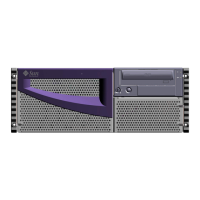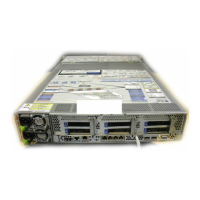Chapter 6 Managing Disk Volumes 67
Slot Numbers and Device Names for Non-RAID
Disks
To perform a disk hot-swap procedure, you must know the physical or logical device
name for the drive that you want to install or remove. If your system encounters a
disk error, often you can find messages about failing or failed disks in the system
console. This information is also logged in the /var/adm/messages files.
These error messages typically refer to a failed hard drive by its physical device
name (such as
/devices/pci@1f,700000/scsi@2/sd@1,0) or by its logical device
name (such as
c0t1d0). In addition, some applications might report a disk slot
number (0 through 3).
You can use
TABLE 6-1 to associate internal disk slot numbers with the logical and
physical device names for each hard drive.
▼ To Create a Mirrored Volume
1. Verify which hard drive corresponds with which logical device name and physical
device name.
See “Slot Numbers and Device Names for Non-RAID Disks” on page 67.
To verify the current hardware RAID configuration, type:
TABLE 6-1 Disk Slot Numbers, Logical Device Names, and Physical Device Names
Disk Slot Number Logical Device Name
*
* The logical device names might appear differently on your system, depending on the number and type of add-on disk controllers
installed.
Physical Device Name
Slot 0 c0t0d0 /devices/pci@780/pci@0/pci@9/scsi@0/sd@0,0
Slot 1 c0t1d0 /devices/pci@780/pci@0/pci@9/scsi@0/sd@1,0
# raidctl
No RAID volumes found.
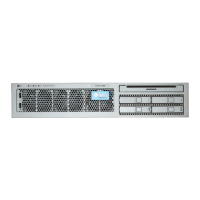
